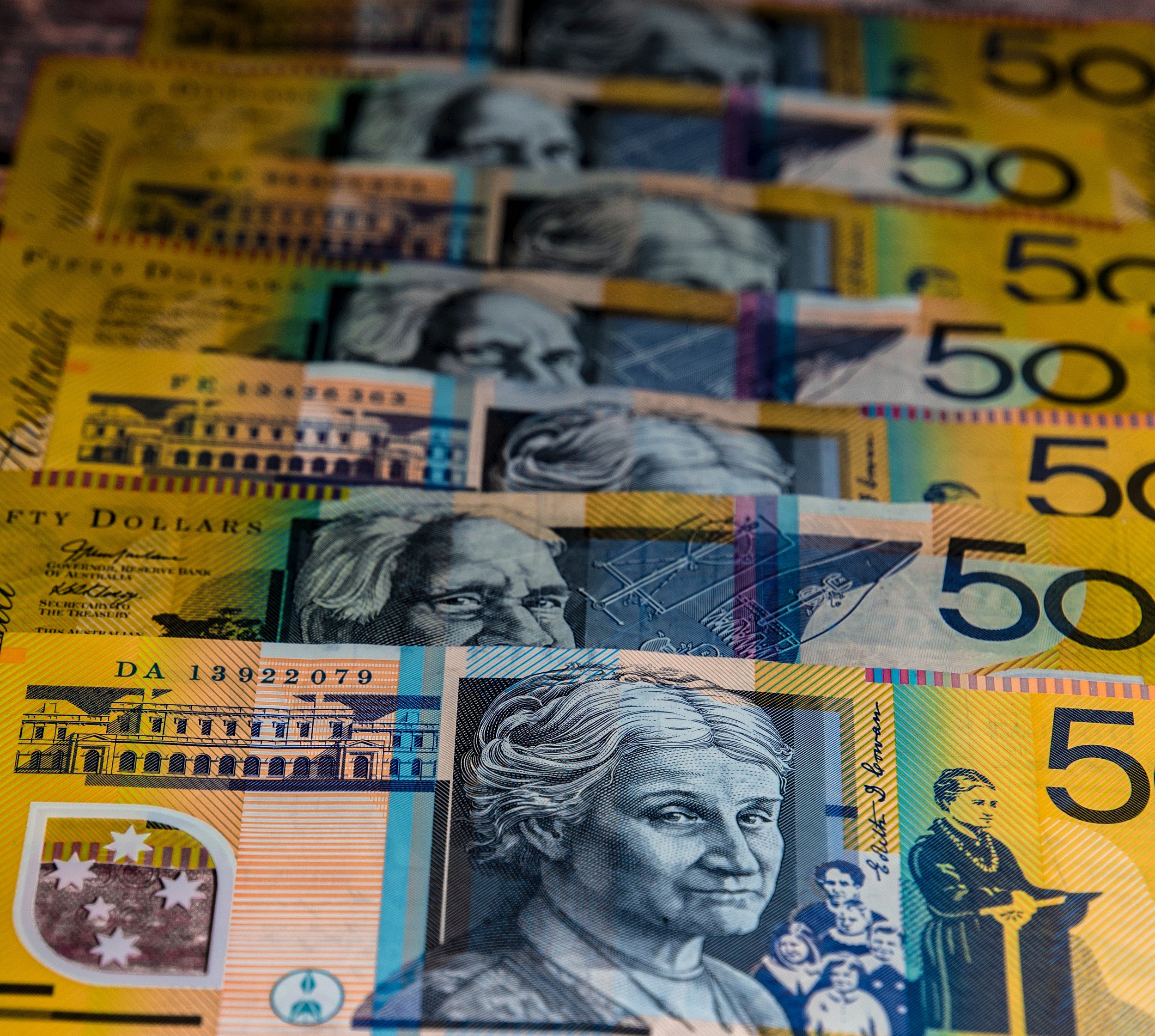The Australian Economy Grows Slower Than Expected
The Australian Stock Exchange (ASX) suffered a slight decline, as Australia's economy grew at a slower-than-expected pace. This comes after the Reserve Bank of Australia (RBA) announced that GDP growth for the quarter clocked in at 0.5%, lower than the expected 0.7%. This is the slowest rate of economic growth since September 2017, and brings Australia's annual rate to 2.1%, down from 2.8% three months ago.
The RBA also noted that business investment was weaker than expected and consumer spending had softened, leading to increased uncertainty about future economic performance in the country.
Australia's Economic Growth
The data released this week by the RBA paints a bleak picture of Australia's economic growth, with GDP growth slower than expected at 0.5% and business investment weaker than anticipated.
This has caused investors to be wary of the current climate and many have begun to trade the financial markets more cautiously in order to protect their portfolios from potential losses. Looking ahead, the RBA has stated that it remains optimistic about the strength of Australia's economy and is confident that growth will pick up in the coming quarters.
While there are some potential headwinds, such as an ongoing trade dispute between China and the United States, they believe that a resolution could potentially provide a boost to Australia's economy. Many investors are taking a 'wait and see' approach before making any major decisions.
ASX Slipping and The GDP Report
The ASX has seen a modest decline in recent weeks, as investors remain cautious. The index slipped nearly 0.5% this week and is now down 2% since the start of July. This slight dip is largely attributed to the slower-than-expected growth rate of Australia's economy, as well as the ongoing uncertainty surrounding trade tensions and global economic conditions. As such, it appears that investor sentiment is erring on the side of caution at present.
In light of the current economic landscape, the RBA is likely to maintain its current monetary policy stance for the time being. However, it will be important to keep an eye on key economic indicators in order to assess whether or not further stimulus measures may be necessary. The data from consumer spending and business investments will be particularly important as these are seen as key drivers of growth. Additionally, traders will also want to monitor inflation and wage growth numbers in order to gauge how these economic trends may affect investor sentiment going forward.
Economic Indicators and Their Impact
In order to gain a better understanding of Australia's economic performance, it is important to look at the underlying indicators that make up GDP. These include consumer spending, business investment, exports and imports, government spending and investment, and wages. Each of these indicators has an impact on the overall growth rate of the economy.
By monitoring these trends closely, investors can assess whether conditions are likely to remain stable or if there is potential for future volatility in the markets. Additionally, changes in these underlying indicators may also provide clues as to whether further policy measures may be necessary in order to stimulate growth.
The slight decline in the ASX this week reflects investors' cautiousness regarding the current state of Australia's economy. With GDP growth lower than expected and business investment weaker than anticipated, it appears that investor sentiment is erring on the side of caution at present.
This could result in further volatility for the index as investors attempt to navigate this uncertain economic landscape. Given these conditions, it is important for investors to remain informed about key economic indicators and adjust their portfolios accordingly in order to protect against any potential losses.
Final Words
Australia's economic growth has slowed down, with GDP growth lower than expected. The RBA noted weaker business investment and consumer spending, which has led to increased uncertainty about future economic performance.
As a result, investors are cautious, and the ASX has seen a modest decline this week. The RBA remains optimistic about the strength of Australia's economy and believes growth will pick up in the coming quarters.
Investors are taking a 'wait and see' approach before making any major decisions. It is important to monitor key economic indicators, such as consumer spending, business investment, exports, imports, government spending, and wages, in order to assess future volatility in the markets.
The data released this week by the RBA paints a clear picture of the current state of Australia's economy. This is indicative of investors' cautiousness regarding the uncertain economic climate and highlights the need for investors to remain informed about key economic indicators to make informed decisions about their portfolios going forward.

